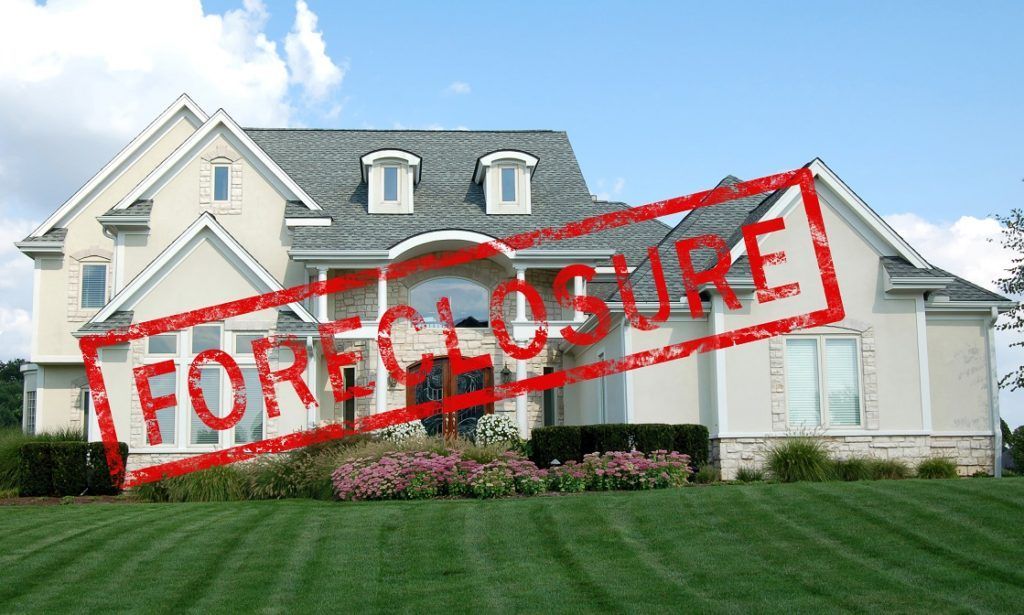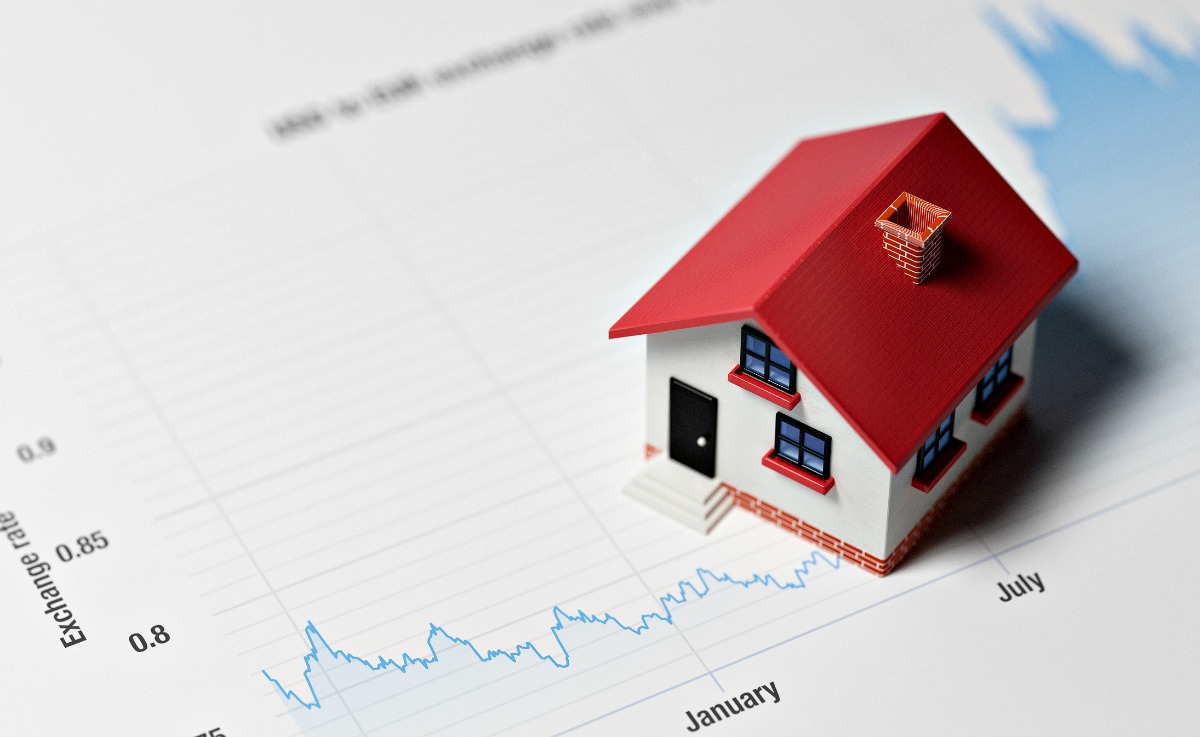
What is Foreclosure?
Foreclosure occurs when a homeowner fails to make mortgage payments for a prolonged period, typically three to six months, depending on the lender’s policies. When this happens, the lender (usually a bank or financial institution) can initiate a legal process to seize the property. This process allows the lender to sell the property in order to recover the outstanding loan balance.
Foreclosures are generally a last resort after other options, such as loan modifications or payment plans, have been exhausted.
Types of Foreclosure
There are three primary types of foreclosure processes, each with its own procedures and timelines. The most common types include:
1. Judicial Foreclosure
A judicial foreclosure requires the lender to go through the court system to obtain permission to foreclose on a property. This process involves filing a lawsuit and receiving a court judgment to sell the property. Judicial realestatetips .us are common in states where the laws require judicial oversight of the foreclosure process.
Key Features:
- The lender must sue the borrower in court.
- The property is sold through a public auction.
- The process can take several months to a year, depending on the court’s schedule and the borrower’s ability to contest the foreclosure.
2. Non-Judicial Foreclosure
In a non-judicial foreclosure, the lender can bypass the court system and foreclose on the property without needing a court judgment. This process is more streamlined and typically faster than judicial foreclosure. Non-judicial foreclosures are permitted in states with “power of sale” clauses in their mortgage agreements.
Key Features:
- The lender can foreclose without involving the court.
- The process typically takes a few months, but the timeline can vary by state.
- The property is usually sold at a public auction.
3. Strict Foreclosure
Strict foreclosure is a rare type of foreclosure process that occurs in some states. In this process, the lender does not sell the property at auction but instead takes full ownership once the borrower defaults. Strict foreclosure is less common, as most states prefer the auction process to recover as much of the loan balance as possible.
Key Features:
- The lender takes ownership of the property without auction.
- It’s typically quicker than other forms of foreclosure.
- Often used when the value of the property is significantly lower than the outstanding mortgage.
The Foreclosure Process
While the specifics of the foreclosure process can vary by state and lender, the general steps include:
1. Missed Payments and Delinquency
The foreclosure process begins when a borrower misses several mortgage payments. Lenders typically allow a grace period for missed payments, but once the borrower is several months behind (usually three to six months), the lender will begin the foreclosure process.
2. Notice of Default (NOD)
Once a borrower defaults on their loan, the lender will send a Notice of Default (NOD), which is an official notification that the borrower is behind on their payments. This notice is typically recorded in public records and informs the borrower that they have a limited time to catch up on missed payments or face foreclosure.
3. Pre-Foreclosure
During the pre-foreclosure phase, the borrower may still have an opportunity to resolve the situation by paying off the outstanding debt, refinancing the mortgage, or negotiating a loan modification. Some homeowners may choose to sell the property during this phase to avoid foreclosure.
4. Auction or Public Sale
If the borrower cannot resolve the default, the property is scheduled for a public auction or sale. At this auction, the lender will try to sell the property to recover the loan balance. In some cases, the lender may bid on the property themselves.
5. Post-Foreclosure: Real Estate Owned (REO)
If the property does not sell at auction, it becomes “Real Estate Owned” (REO) by the lender. The lender will then take possession of the property and attempt to sell it through traditional means, such as listing it with a real estate agent. These properties are often sold at a discount to recover some of the loan amount.
Foreclosure Impact on Homeowners
A foreclosure can have serious consequences for homeowners. Not only does it result in the loss of the property, but it can also significantly damage the homeowner’s credit score and financial standing. The effects of foreclosure include:
- Credit Score Damage: A foreclosure can drop your credit score by as much as 200-300 points, making it difficult to secure loans in the future.
- Difficulty Renting: Landlords often check credit reports, and a foreclosure can make it more challenging to rent a home.
- Emotional Stress: Losing a home to foreclosure can be an emotionally and mentally challenging experience.
Alternatives to Foreclosure for Homeowners
Before a foreclosure becomes inevitable, homeowners should explore other options, such as:
- Loan Modification: Negotiating with the lender to reduce the loan balance, lower the interest rate, or extend the loan term to make payments more affordable.
- Forbearance: Requesting a temporary reduction or suspension of payments due to financial hardship.
- Short Sale: Selling the property for less than the mortgage balance with the lender’s approval to avoid foreclosure.
- Deed in Lieu of Foreclosure: Voluntarily transferring ownership of the property to the lender in exchange for the cancellation of the mortgage debt.
Buying a Foreclosed Property
Foreclosed properties can present opportunities for buyers looking to purchase a home at a discounted price. However, buying a foreclosure comes with both advantages and risks.
Pros of Buying a Foreclosed Home:
- Lower Purchase Price: Foreclosed homes are often priced below market value, which can save buyers money.
- Potential for Investment: Buyers who are willing to invest in repairs and renovations can often profit by reselling the property for a higher price.
Cons of Buying a Foreclosed Home:
- As-Is Condition: Foreclosed properties are often sold “as-is,” meaning buyers may need to invest significant amounts of money into repairs and renovations.
- Hidden Problems: Buyers may face unexpected issues, such as unpaid property taxes, liens, or structural damage, that are not immediately apparent.
- Competition: Buying a foreclosure can be competitive, as investors and other buyers are often looking for good deals.
How to Buy a Foreclosed Home:
- Search for Foreclosed Properties: Foreclosed homes can be found through government websites, online real estate listings, or foreclosure auctions.
- Get Financing Pre-Approval: Ensure you’re pre-approved for a mortgage before making an offer. Lenders may be hesitant to approve loans for homes in need of significant repairs.
- Work with an Experienced Agent: A real estate agent with experience in foreclosures can help you navigate the process and identify potential problems.
- Consider a Home Inspection: Always get a home inspection before purchasing a foreclosed home to identify any hidden issues.
Conclusion
Foreclosures are a complex and often distressing part of the real estate landscape. For homeowners facing foreclosure, understanding the process and exploring alternatives can help you avoid losing your home or minimize the financial damage. For buyers, foreclosed properties can offer great opportunities, but it’s essential to proceed with caution and due diligence.
Whether you’re facing foreclosure as a homeowner or considering buying a foreclosed property, understanding the process and knowing your options is crucial to making the right decisions for your future.








